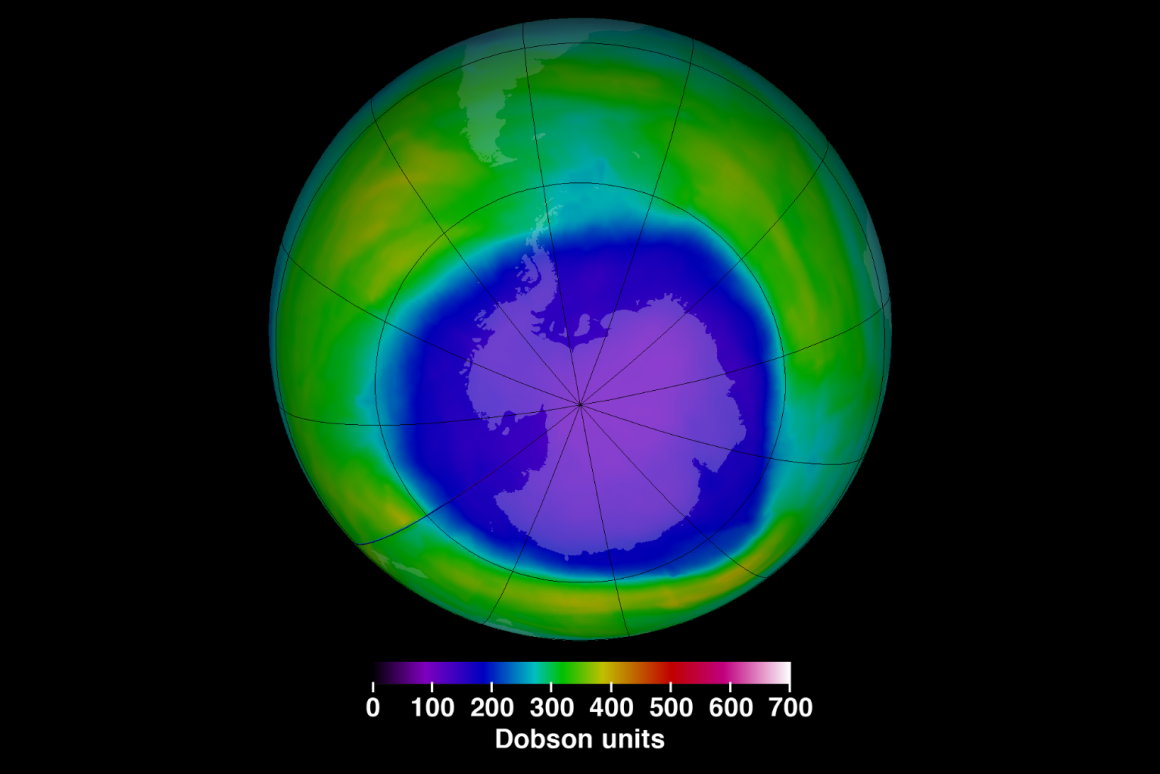SSDD
Gold Member
- Nov 6, 2012
- 16,672
- 1,968
- 280
It does thin a great deal over the dark side of the earth..
Evidence?
I keep forgetting that everything has to be explained to you in the same terms as one might try to explain a concept to a child... OK...lets look at the following passage from the text of Stratosphere and Troposphere Interactions: an Introduction. O3...that is ozone has a life time...not a half life, but a lifetime of about 3100 seconds.. almost an hour...at 20km...that is altitude....sorry..that is high up in the sky...an ozone molecule has a life time...again...not a half life of about 4200 seconds...that is about 70 minutes...
OK..so ozone in the ozone layer has a lifetime of about 70 minutes..and we know that ozone is created by the action of incoming UV from the sun breaking O2 molecules into free O atoms..some of which regroup into O3 molecules...The life time of an O3 molecule doesn't change because it is on the dark side of the earth..so when it is dark, and no O3 is being produced...exactly what do you think will happen to the ozone layer until such time as there is more incoming UV to start creating O3 again?
You don't seem to be able to come to terms with the fact that ozone is a very unstable molecule...
Stratosphere Troposphere Interactions: An Introduction
By K. Mohanakumar
he lifetime of free oxygen at the same altitude is about 4/100ths of a second, while O3 has a lifetime of about 3100 seconds (nearly an hour). At 20 km, the lifetime of O3 is about 4200 seconds, while the lifetime of O is about 1/1000 of a second.
Oh, never mind, you made that up.
Not at all...I am simply able to look at a group of facts and draw a conclusion from them without having to have said conclusion written in crayon for me..
You still haven't explained why the poles aren't completely ozone-depleted in the polar winter. The jet stream, after all, doesn't flow north-south. It can't replenish the polar ozone.
Of course I have...sorry that you failed to understand...while there is little to no sunlight hitting the ground during the winter...there is still a certain amount of sunlight passing through the atmosphere...and then there are very fast air currents that carry O3 along with the rest of the air into the region...This is pretty easy stuff...perhaps you should just slink away..your ignorance is showing....in high relief...
The evidence points out that your theory face-plants hilariously. Once more, planet earth says you're a Stalinist cult imbecile.
Lets see "the evidence".....my bet is that none will be forthcoming... You might also consider the fact that there has never been any evidence published that suggested that the lifetime of an O3 molecule was significantly altered due to the presence of CFC molecules present at a concentration of 3 parts per BILLION...
Last edited:

